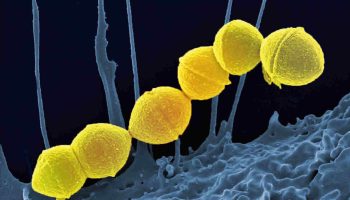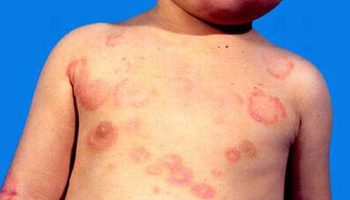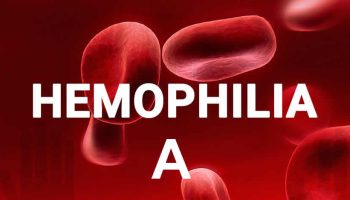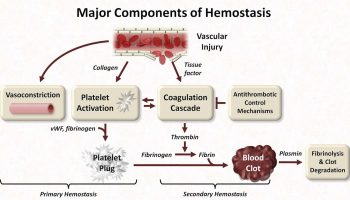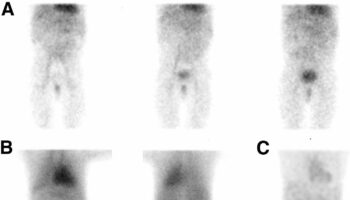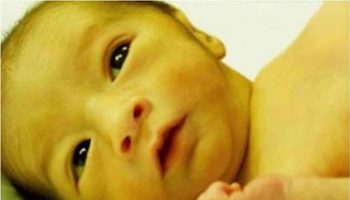Streptococcus pyogenes Streptococcus pyogenes also called group A Streptococcus (GAS) or Group A beta hemolytic streptococcus (GABHS) is a species of Gram-positive beta-hemolytic aerobic bacteria
Health Topics
Erythema marginatum Erythema marginatum is described as the presence of pink rings with pale centers and rounded or serpiginous margins on the trunk and inner surfaces of
Post-streptococcal glomerulonephritis Post-streptococcal glomerulonephritis also called acute poststreptococcal glomerulonephritis, is a type III hypersensitivity reaction (immune complex-mediated disease) that follows streptococcal infection, which can be
Hemophilia C Hemophilia C also called factor XI deficiency, plasma thromboplastin antecedent deficiency or Rosenthal syndrome is a very rare autosomal recessive bleeding disorder. Hemophilia
Hemophilia B Hemophilia B also called Haemophilia B, Christmas disease or Royal disease is an inherited bleeding disorder that is inherited in X-linked recessive pattern caused by a
Hemophilia A Hemophilia A also called Haemophilia A or Classic Hemophilia is an inherited bleeding disorder that is inherited in X-linked recessive pattern caused by a deficiency in
Hemostasis Hemostasis is the body's way of stopping injured blood vessels from bleeding ((LaPelusa A, Dave HD. Physiology, Hemostasis. . In: StatPearls . Treasure Island
Subgaleal hemorrhage Subgaleal hemorrhage is a rare but potentially lethal bleeding condition in newborns caused by the rupture of emissary veins in the loose connective tissue
Cephalohematoma Cephalohematoma is a collection of blood or hematoma between the scalp and the skull periosteum, located in the subperiosteal space and as such, is contained anatomically to
Rotor syndrome Rotor syndrome also called Rotor type hyperbilirubinemia, is a rare, benign, autosomal recessive inherited genetic disorder characterized by hyperbilirubinemia due to elevated levels of both unconjugated bilirubin
Dubin Johnson syndrome Dubin-Johnson syndrome is a rare autosomal recessive inherited disorder of bilirubin transport that is characterized by buildup of bilirubin in the bloodstream (conjugated hyperbilirubinemia),
What is hyperbilirubinemia Hyperbilirubinemia is a medical condition characterized by elevated levels of bilirubin (an orange-yellow pigment formed in the liver by the breakdown of hemoglobin)
